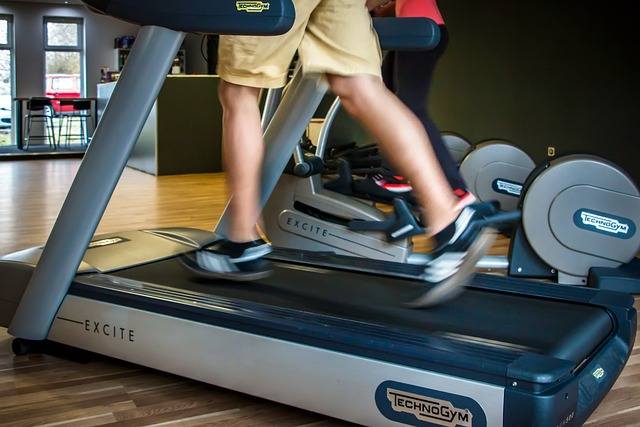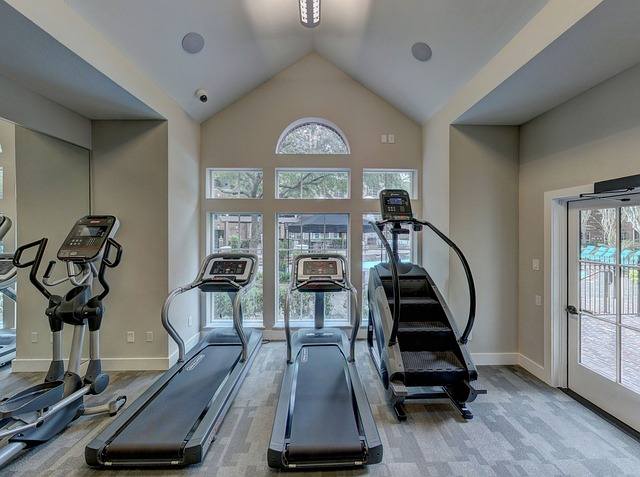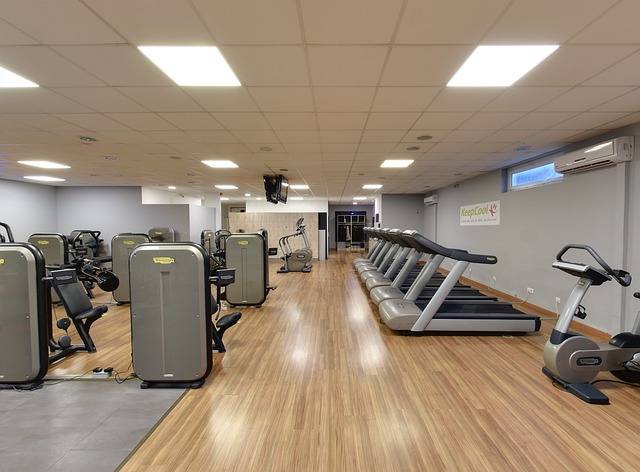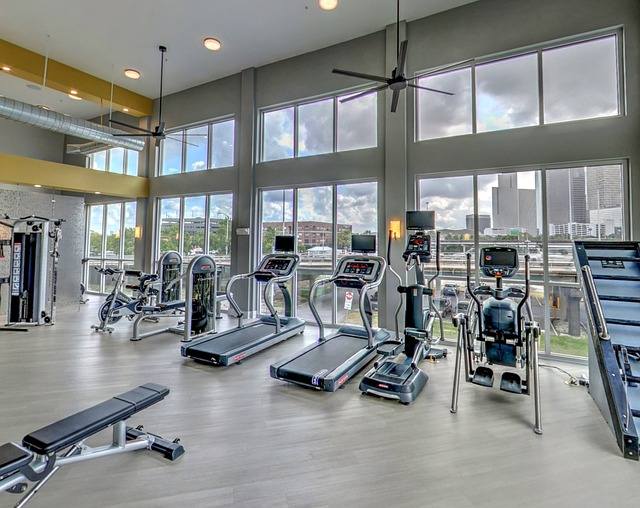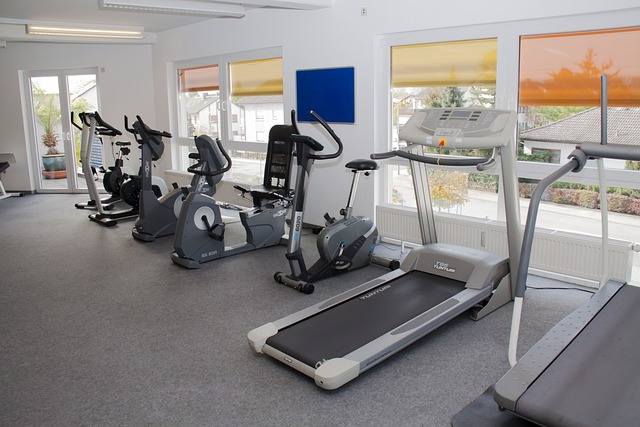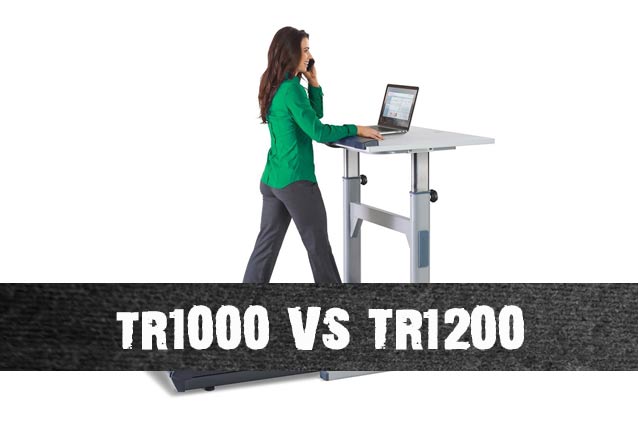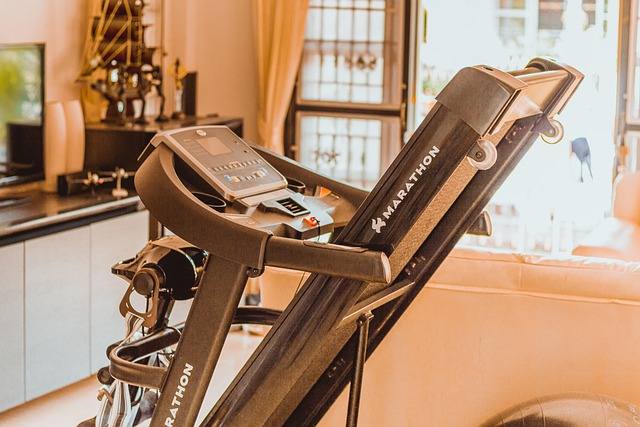If you are an avid runner, you probably know how important it is to track your performance and progress.
But how accurate is the Apple Watch when it comes to running on a treadmill?
Can you trust the data it provides, or do you need to adjust it manually?
And what can you do to improve the accuracy of your Apple Watch on a treadmill?
In this article, we will compare the Apple Watch with the treadmill and see which one is more accurate for measuring your distance, speed, calories, and heart rate.
We will also give you some tips on how to get the most reliable data for your indoor runs using your Apple Watch.
How Does the Apple Watch Track Your Running Metrics?
The Apple Watch is a sophisticated device that uses various sensors and algorithms to track your running metrics.
Depending on the model of your Apple Watch and whether you have your iPhone with you or not, it can use different methods to measure your distance, speed, calories, and heart rate.
GPS: The Apple Watch Series 2 or later has a built-in GPS that can accurately measure your distance and speed when you run outdoors.
Accelerometer: The Apple Watch Series 1 or earlier does not have a built-in GPS, so it relies on the accelerometer to estimate your distance and speed when you run outdoors.
Heart rate: The Apple Watch has a built-in optical heart rate sensor that can measure your heart rate during your workouts.
METs: The Apple Watch also uses METs (metabolic equivalents) to estimate your calories burned.
Optical: The Apple Watch has a built-in optical heart rate sensor that uses green LED lights and photodiodes to measure the blood flow in your wrist. By measuring these changes in light reflection, the sensor can calculate your heart rate.
Electrical: The Apple Watch Series 4 or later has an additional electrical heart rate sensor that uses electrodes in the Digital Crown and the back crystal to measure the electrical signals from your heart.
How Accurate Is the Apple Watch on a Treadmill?
Now that you know how the Apple Watch tracks your running metrics, let’s see how accurate it is when you run on a treadmill.
According to a study conducted in 2023 by researchers from Stanford University and the Swedish School of Sport and Health Sciences, the Apple Watch is one of the most accurate smartwatches for tracking distance and speed on a treadmill.
The study involved 118 participants who wore different fitness trackers and ran on a treadmill at various speeds.
The results showed that the Apple Watch had an average error of 1% for distance and 2.6% for speed, which was better than most other trackers.
However, the study also found that the accuracy of the Apple Watch varied depending on the model, the calibration, and the running speed.
The Apple Watch Series 4 and 5 were more accurate, with an average error of 0.3% for distance and 1.1% for speed.
How to Compare the Accuracy of Apple Watch with the Treadmill
One question that many runners have is how to compare the data from their Apple Watch with the data from the treadmill. Which one is more accurate and reliable?
The answer is not straightforward, as both the Apple Watch and the treadmill have their own advantages and disadvantages for tracking your running metrics.
Distance and Speed
The treadmill can measure your distance and speed by counting the number of revolutions of the belt and multiplying it by the length and speed of the belt.
This method is generally accurate, as long as the belt is properly calibrated and maintained.
The Apple Watch can measure your distance and speed by using the accelerometer or the GPS.
The accelerometer is less accurate than the GPS, as it can be influenced by factors such as your stride length, arm swing, incline, and pace changes.
The GPS is more accurate than the accelerometer, but it is not available for indoor running.
Therefore, if you run on a treadmill with a worn-out belt, the Apple Watch may be more accurate than the treadmill for measuring your distance and speed.
However, if you run on a treadmill with a variable speed or an incline, the treadmill may be more accurate than the Apple Watch for measuring your distance and speed.
Calories
The treadmill can estimate your calories burned by using a formula that takes into account your weight, speed, incline, and time.
This method is generally inaccurate, as it does not consider other factors such as your age, height, gender, heart rate, and metabolism.
The Apple Watch can estimate your calories burned by using a formula that takes into account your age, weight, height, gender, heart rate, and METs.
This method is more accurate than the treadmill’s method, as it considers more factors that affect your energy expenditure.
Heart Rate
The treadmill can measure your heart rate by using a chest strap or a hand grip sensor.
The chest strap is more accurate than the hand grip sensor, as it measures the electrical signals from your heart directly.
The hand grip sensor is less accurate than the chest strap, as it measures the electrical signals from your palms indirectly. The hand grip sensor can also be affected by factors such as sweat, dirt, movement, and pressure.
The Apple Watch can measure your heart rate by using an optical or electrical sensor.
The electrical sensor is more accurate than the optical sensor, as it measures the electrical signals from your heart directly.
If you use a chest strap with your treadmill, it may be more accurate than the Apple Watch for measuring your heart rate.
However, if you use a hand grip sensor with your treadmill, the Apple Watch may be more accurate than the treadmill for measuring your heart rate.
How to Calibrate Your Apple Watch for Better Accuracy on Treadmill?
Here are the steps to calibrate your Apple Watch for treadmill running:
- First, make sure that your iPhone settings allow your Apple Watch to use motion calibration and distance. To do this, go to Settings > Privacy & Security > Location Services > System Services and turn on Motion Calibration & Distance.
- Next, wear your Apple Watch snugly on your wrist and make sure that nothing blocks the sensors. If you have an Apple Watch Series 1 or earlier, you also need to bring your iPhone with you for GPS.
- Then, open the Workout app on your Apple Watch and choose Indoor Run as the workout type. You can also set a goal before starting by tapping the three dots icon.
- Start running on the treadmill at your normal pace for about 20 minutes. You can complete this time over multiple sessions if you don’t have time to finish it in one go. If you run at different speeds, you should also calibrate for 20 minutes at each speed.
- After you finish calibrating, you can check your workout summary on your iPhone or Apple Watch. You can also view your running metrics on the watch screen during your workout by swiping left or right.
By following these steps, you can improve the accuracy of your Apple Watch for tracking your treadmill running metrics. You can also reset your calibration data if you want to start over by going to the Watch app on your iPhone > Privacy > Reset Fitness Calibration Data.
Here is a detailed operation video for reference:
Fantastic Treadmill App For Apple Watch
There are many Apple Watch treadmill apps that can help you get more out of your indoor workouts.
Some of the best ones are:
Nike Run Club: This app is free and offers a variety of features, such as guided runs, challenges, achievements, and personalized coaching plans. It also integrates with Apple Music and Spotify to play your favorite tunes. You can use it with or without your phone.
Peloton Digital: While Peloton is known for its exercise bikes, its app also includes a vast library of treadmill workouts. You can sync the app with your Apple Watch for heart rate tracking and more accurate metrics.
Runkeeper: Runkeeper is primarily a running app that also supports treadmill workouts. It allows you to track your runs, set goals, and syncs with your Apple Watch for tracking data.
SunnyFit: This app has an intuitive interface that lets you easily adjust the speed and incline of your treadmill. It also tracks your distance, calories, heart rate, and pace. You can choose from different workout modes, such as intervals, hills, or fat burn.
Final Thoughts
In conclusion, Apple Watch is a reliable device for tracking your fitness metrics, but it may not be 100% accurate when it comes to running on a treadmill.
You can improve the accuracy of your watch by calibrating it regularly, choosing the right workout type, and avoiding potential sources of error.
By doing so, you can enjoy your treadmill runs and get the most out of your Apple Watch.
Hi! I’m Chris Lewis. I’m a certified personal trainer with over 10 years of experience helping clients achieve fitness goals. As someone passionate about fitness, I understand the importance of living a healthy and positive lifestyle–and I want to help others achieve this goal. Whether you want to lose weight, exercise muscles, or just improve your overall health, I will guide and support you in every step.

